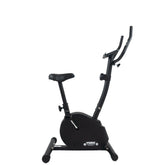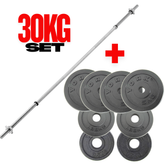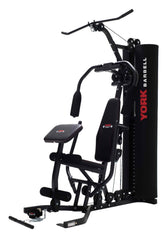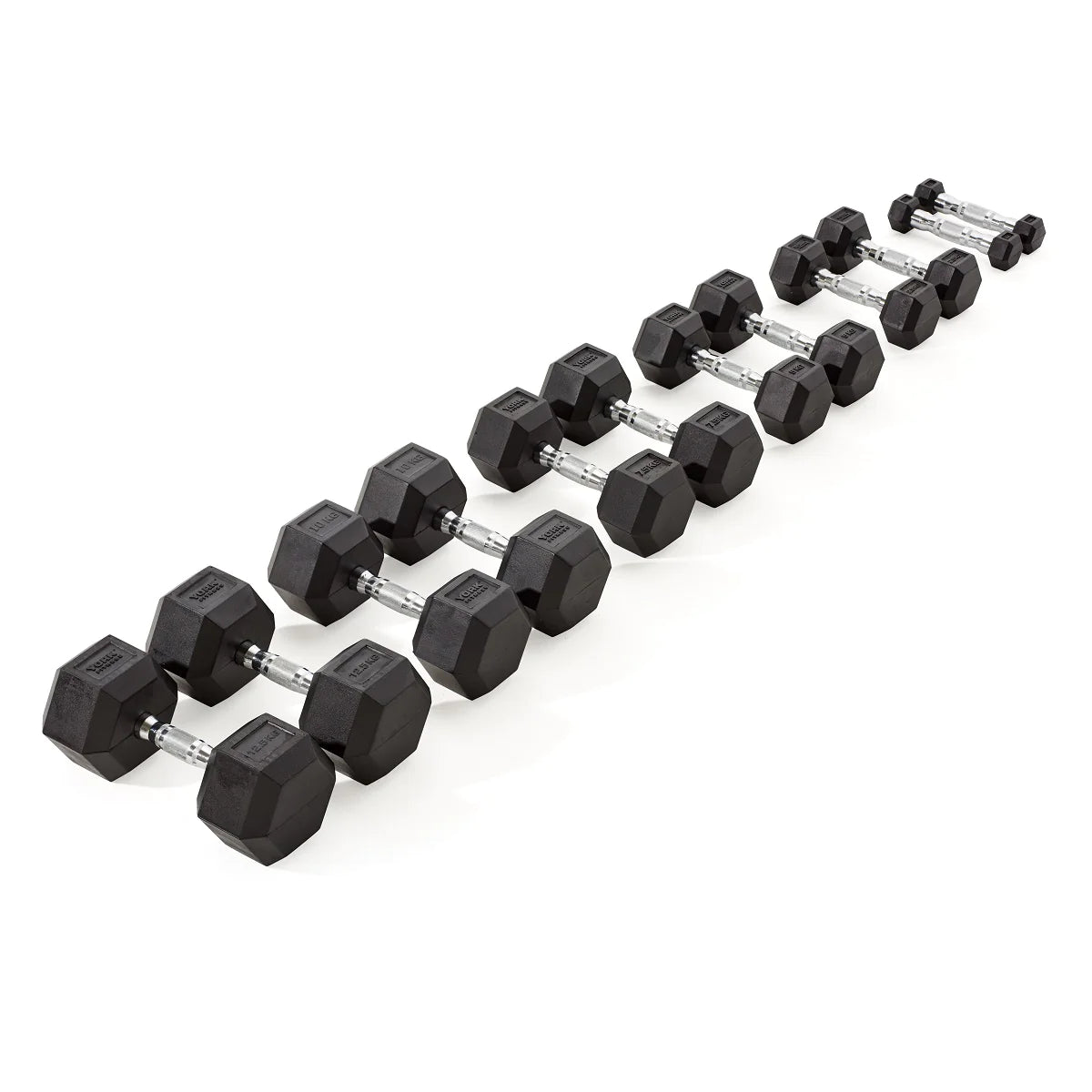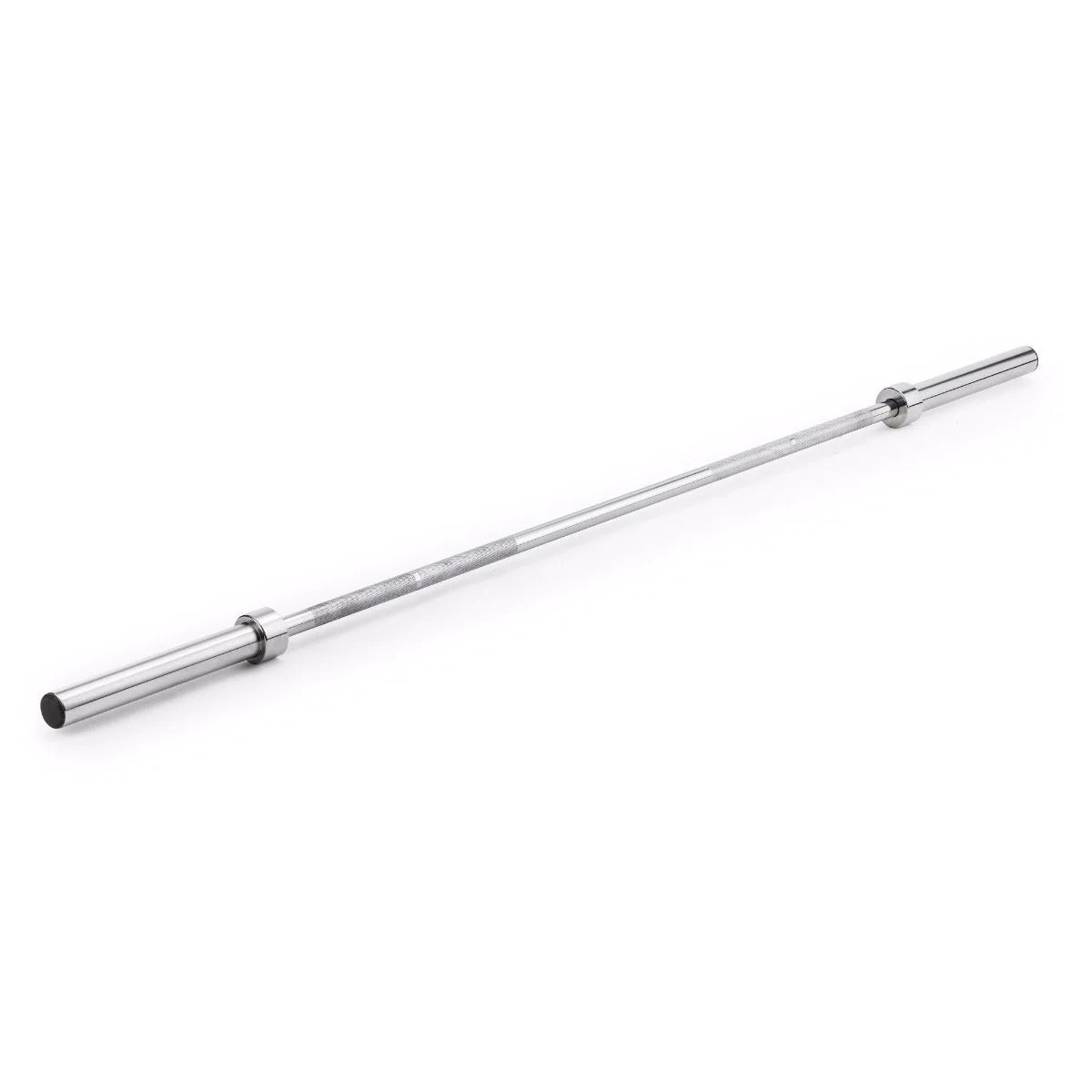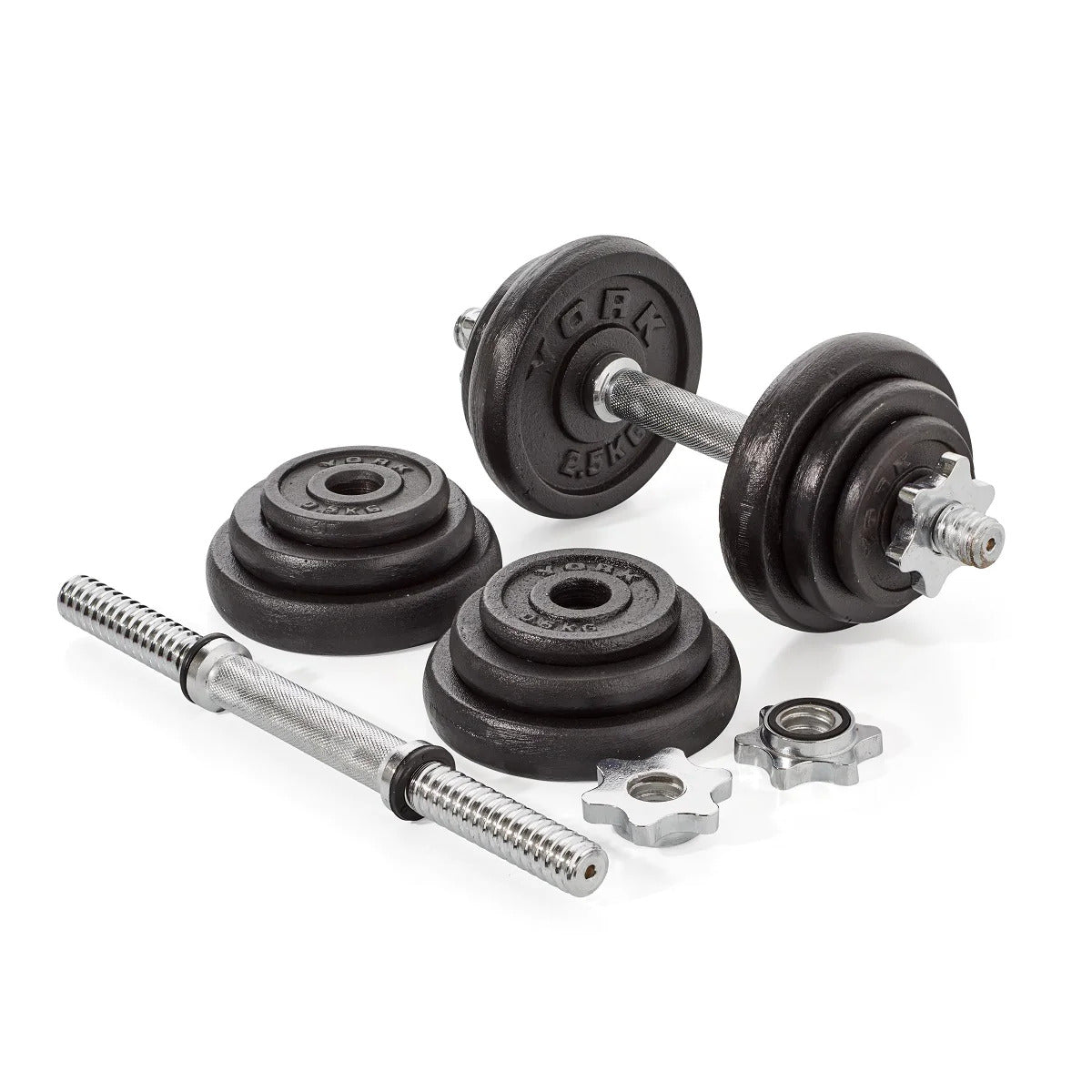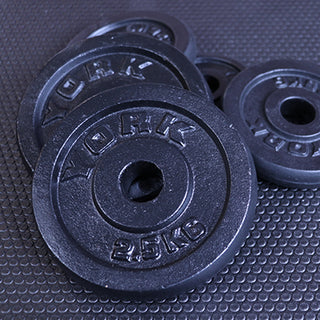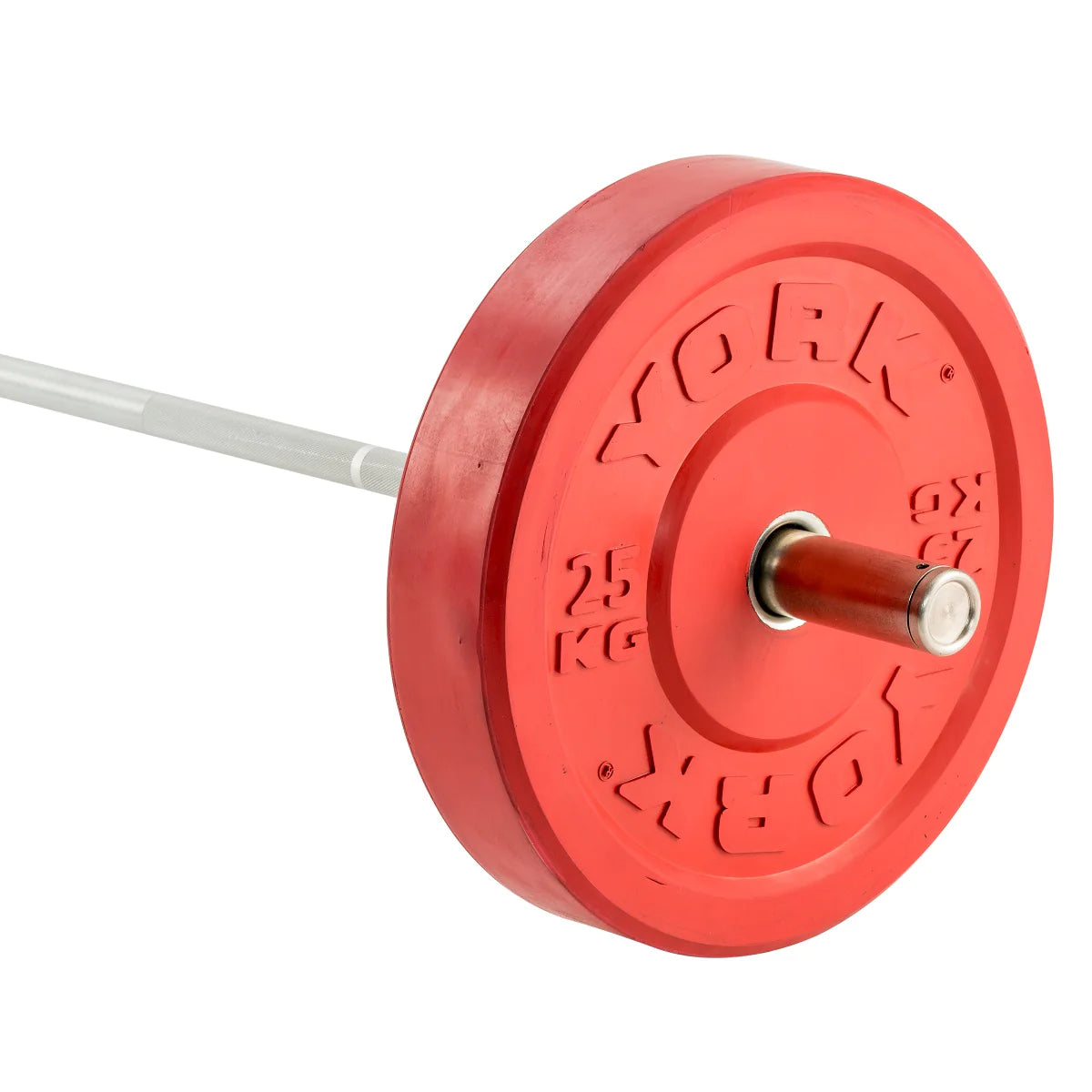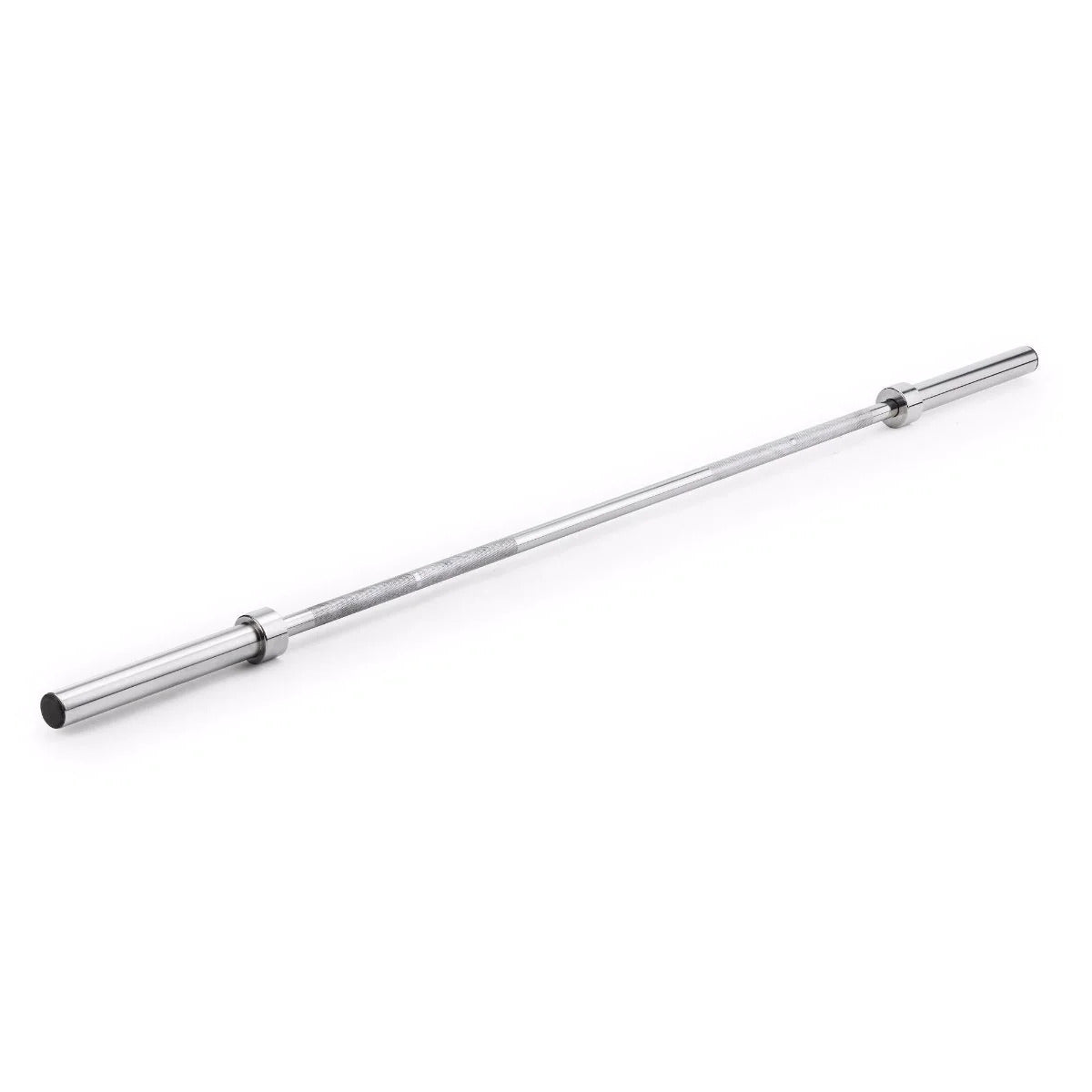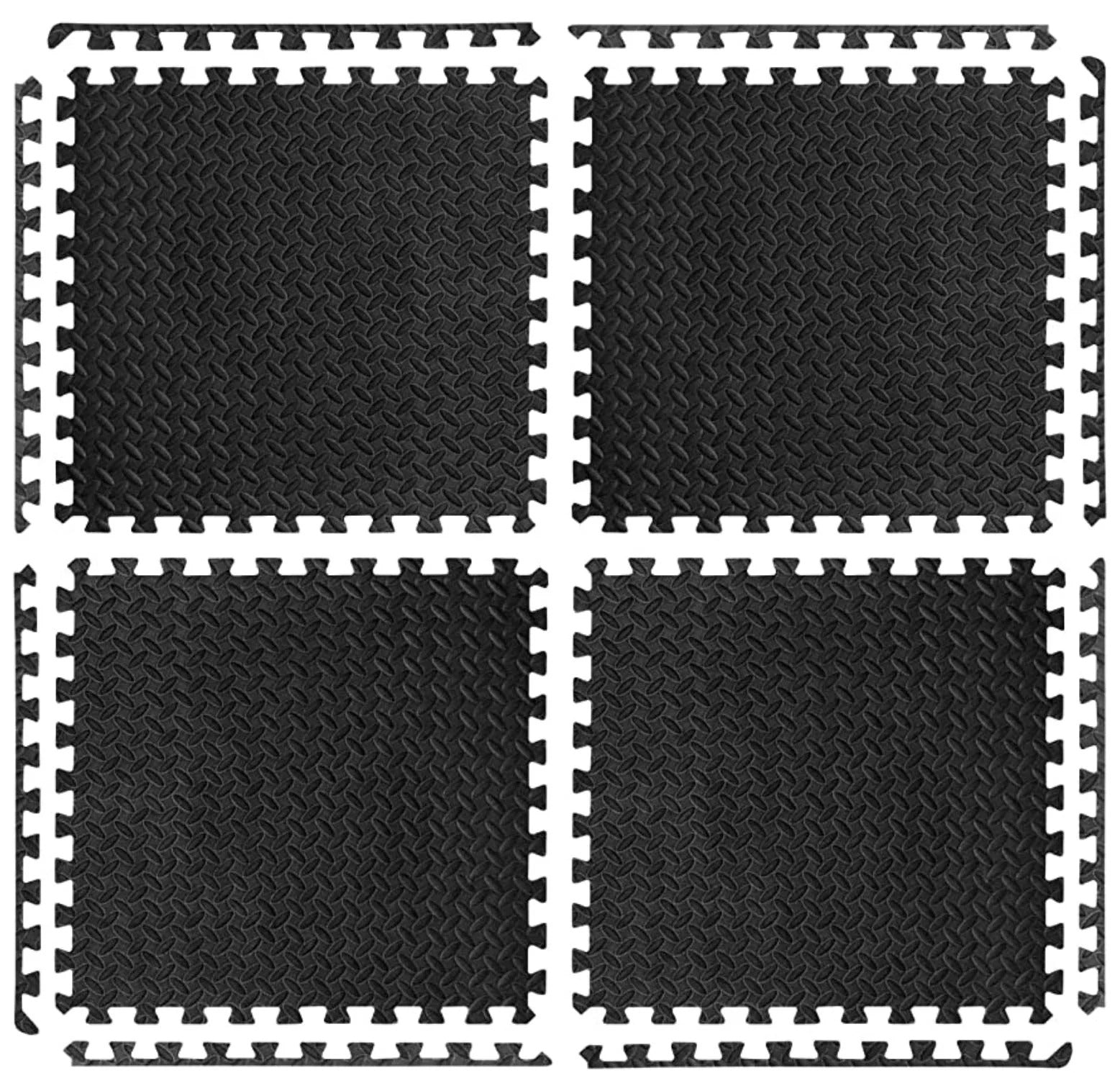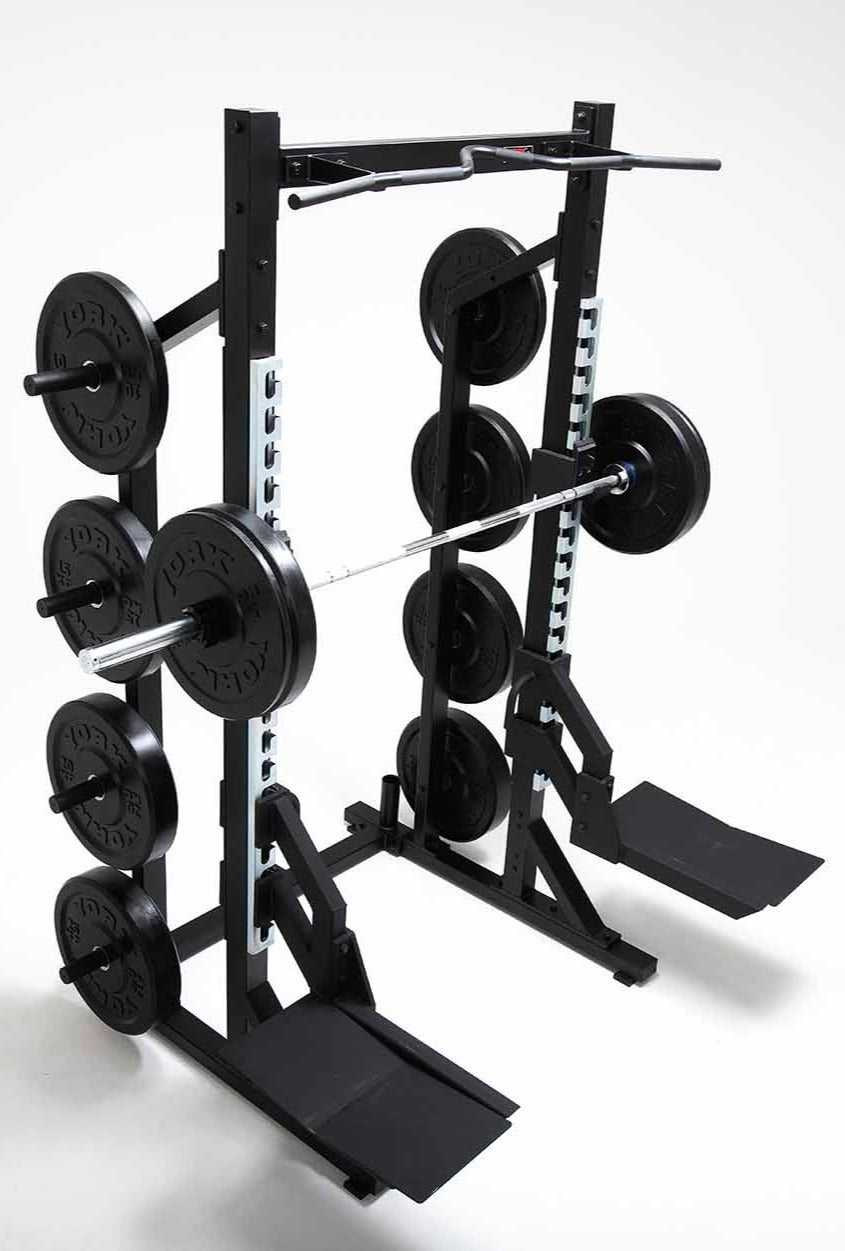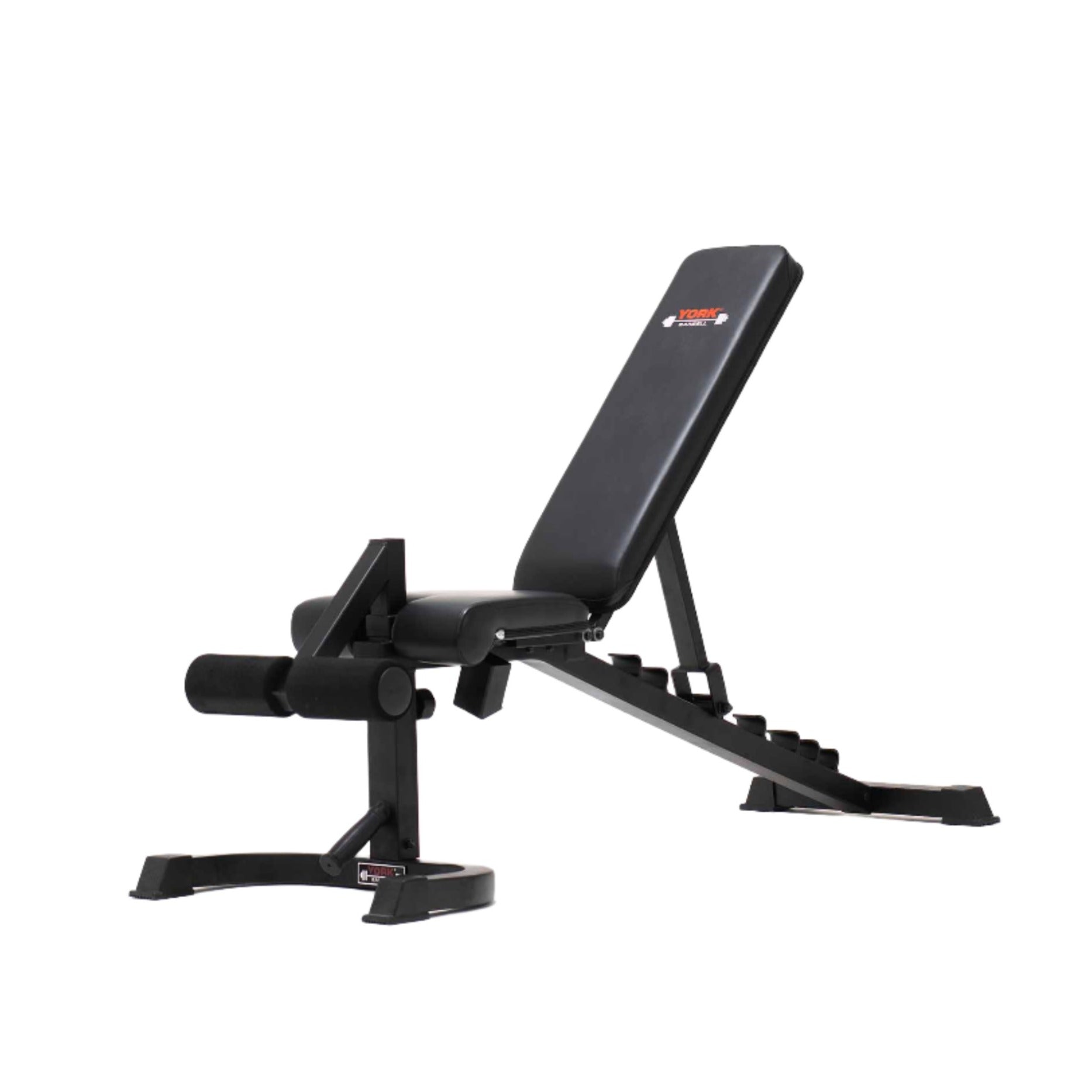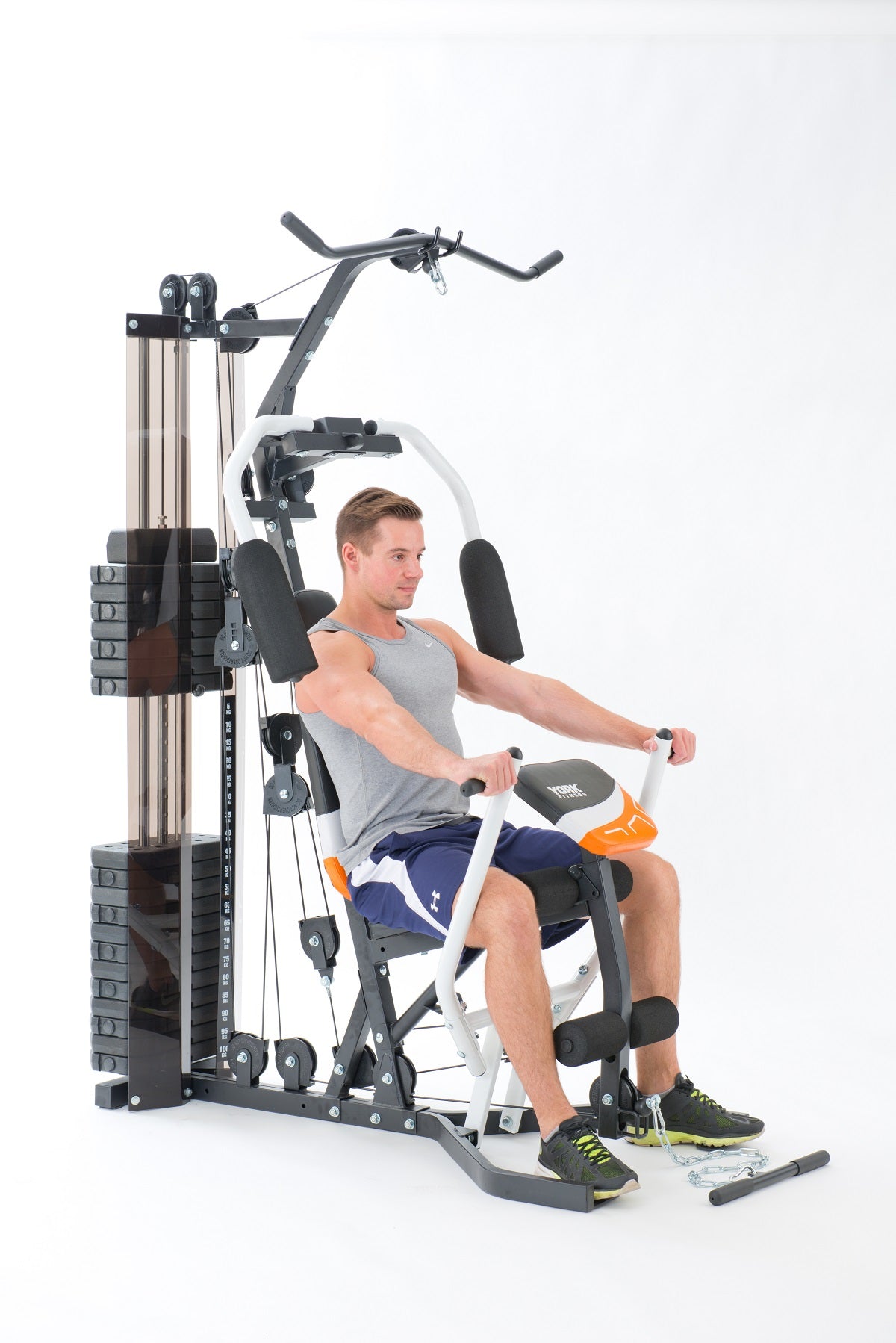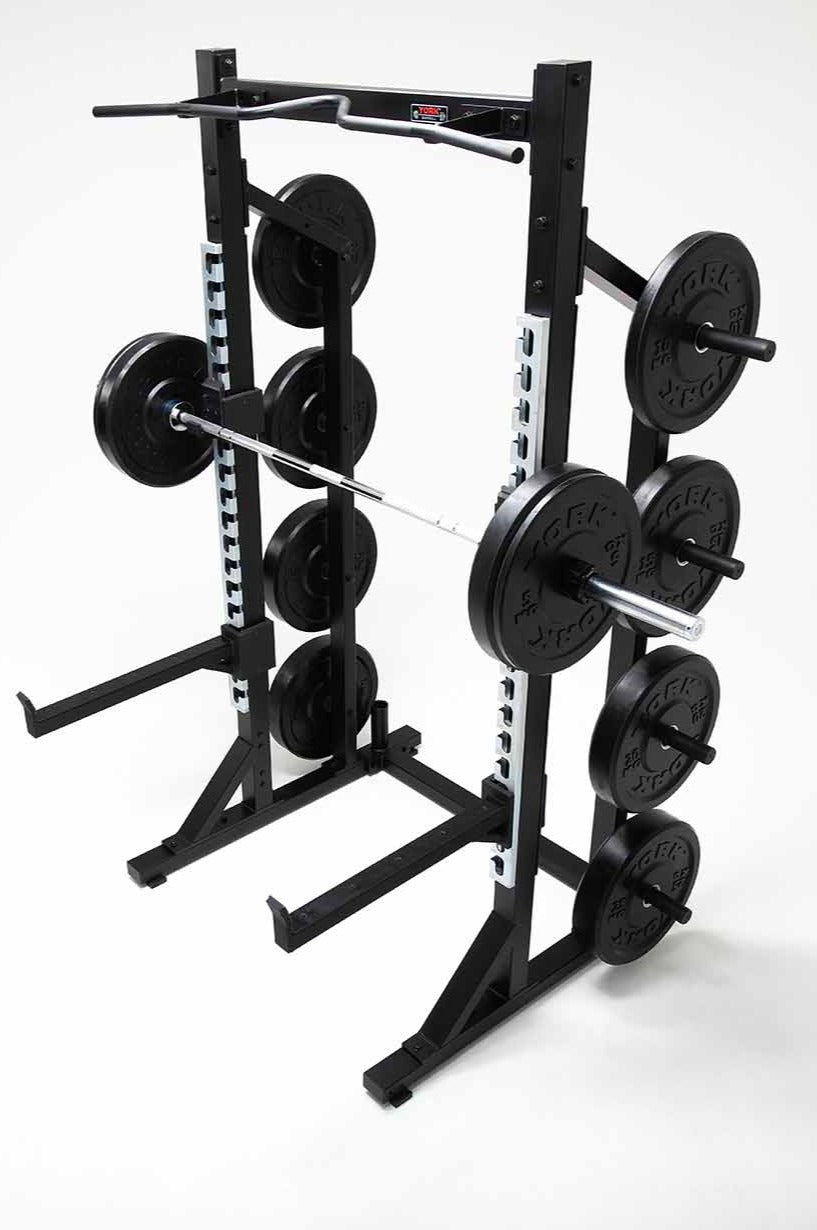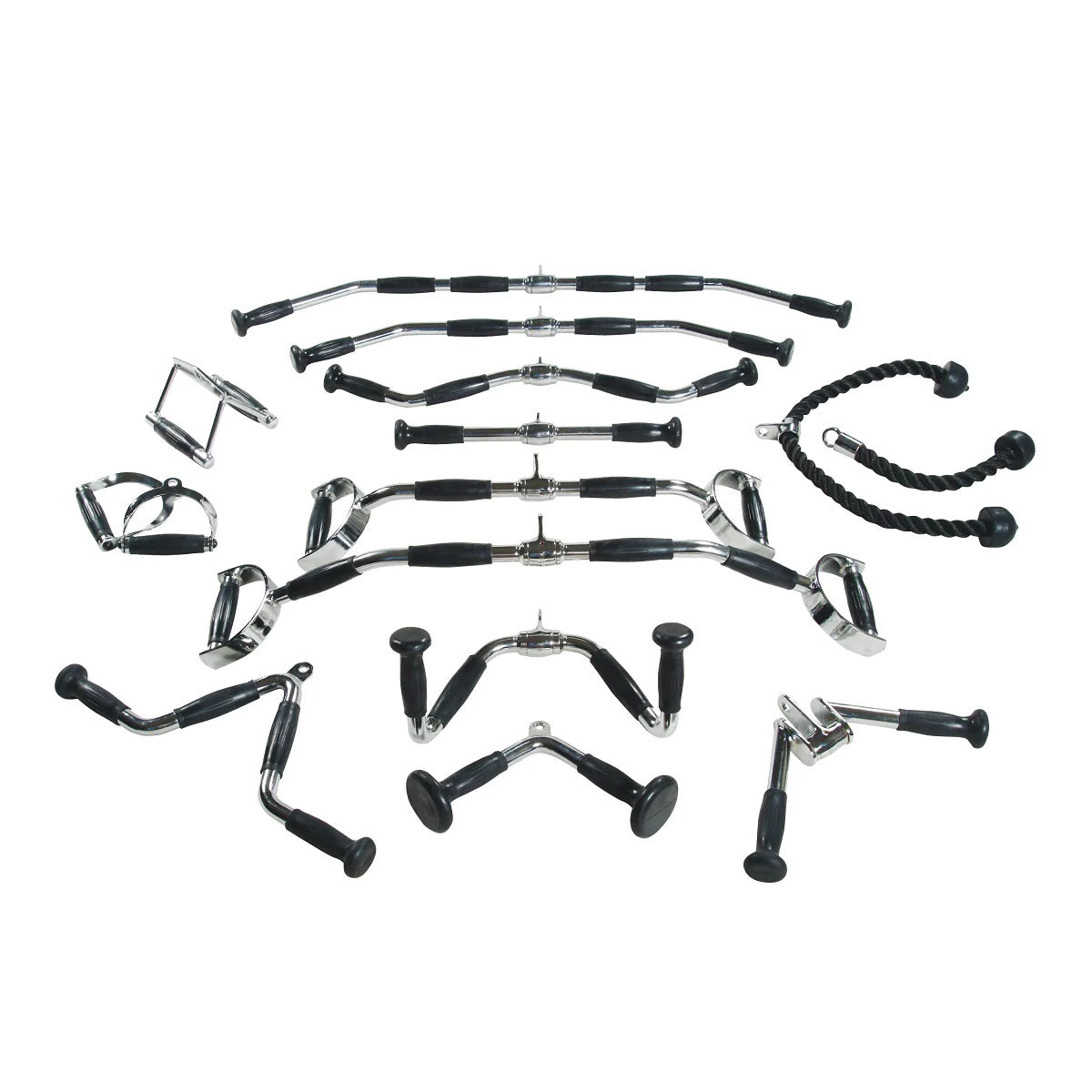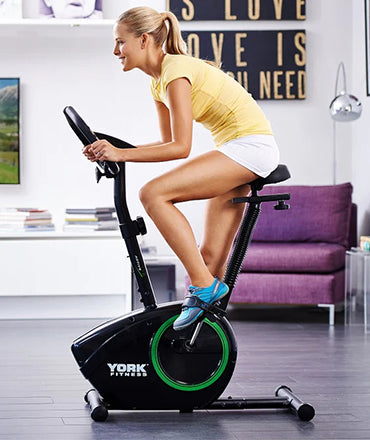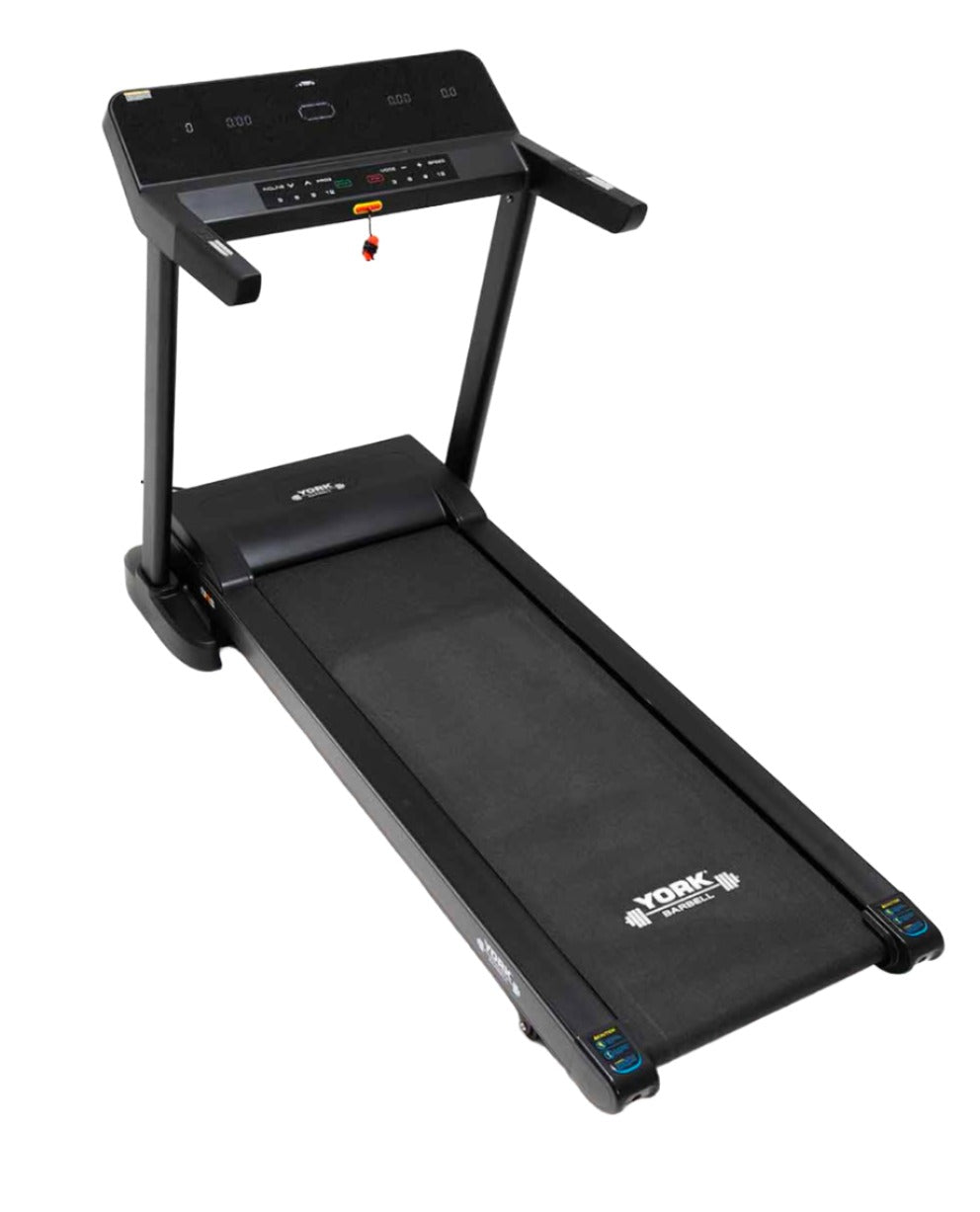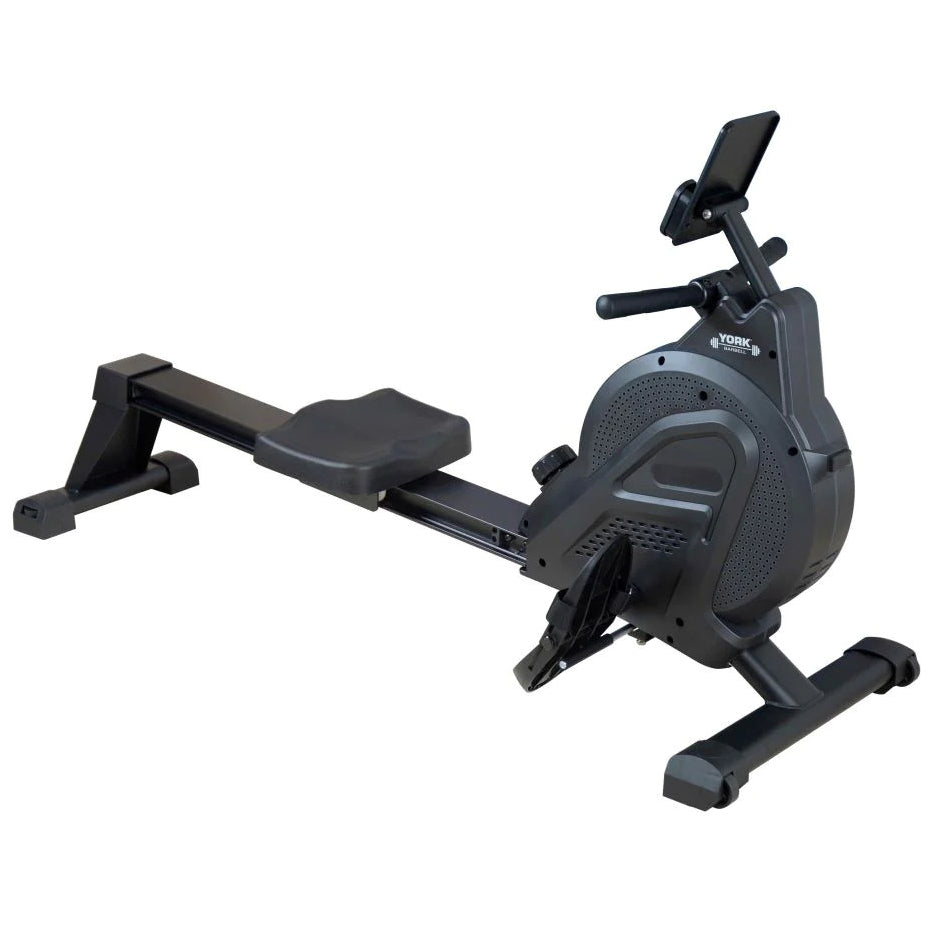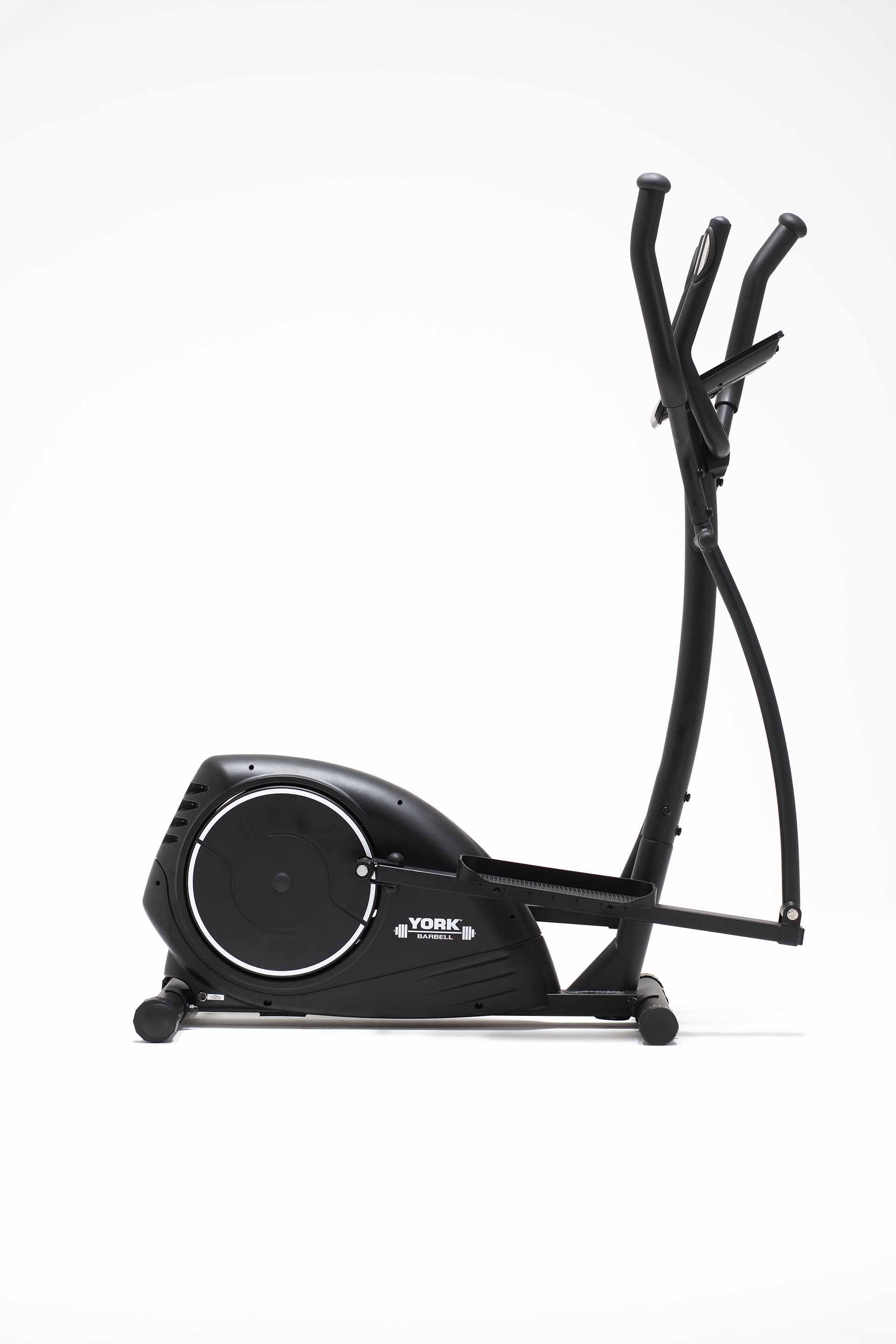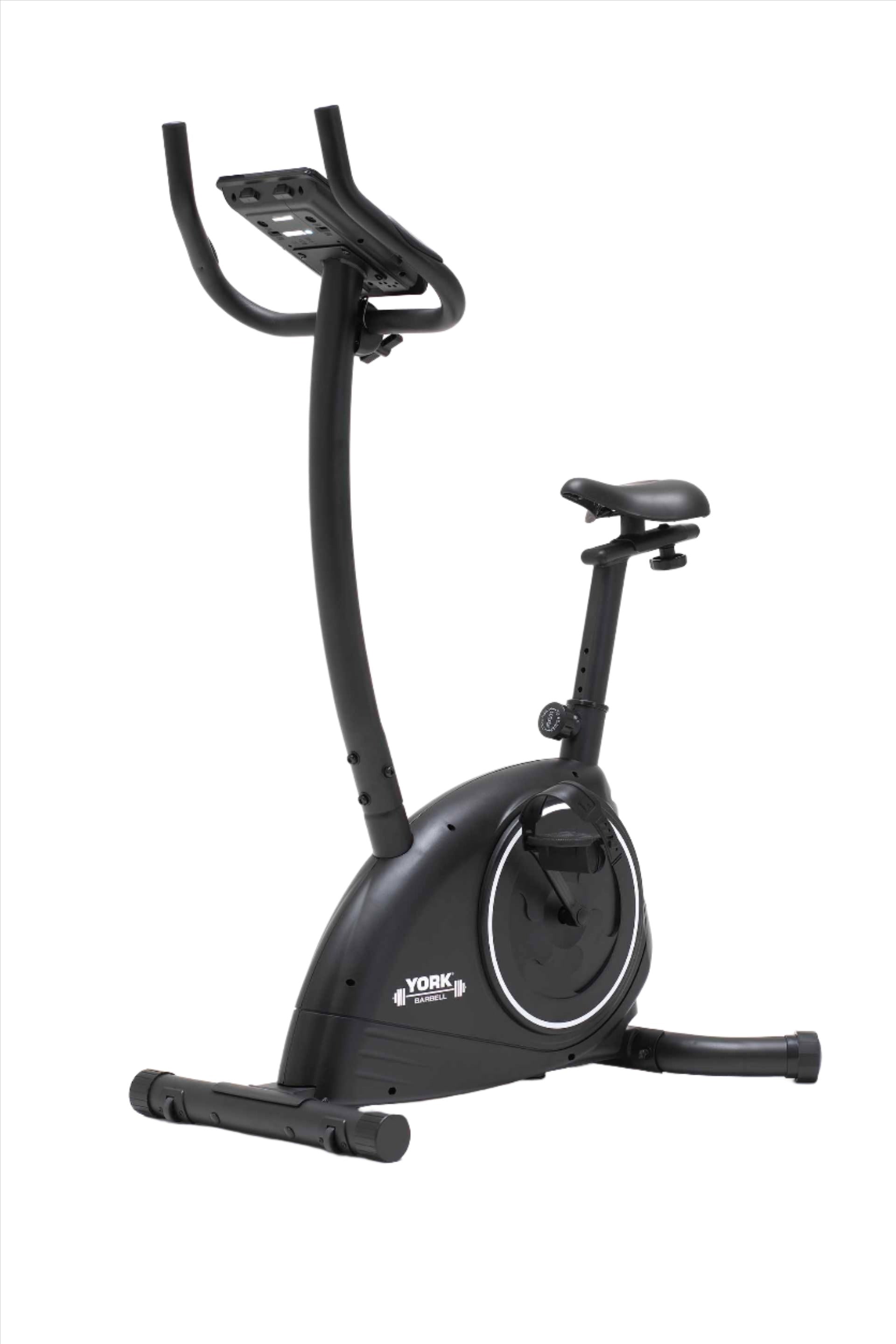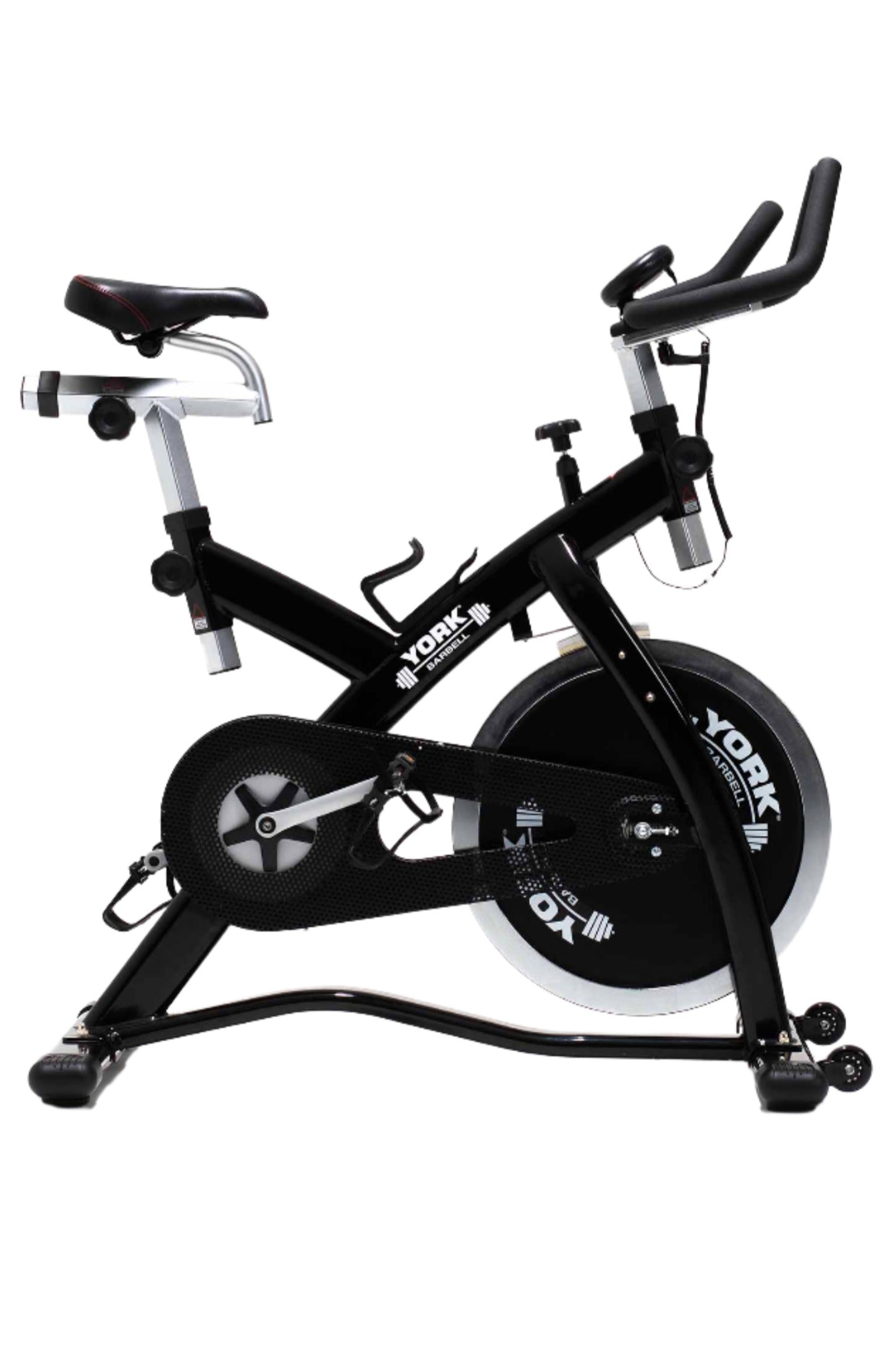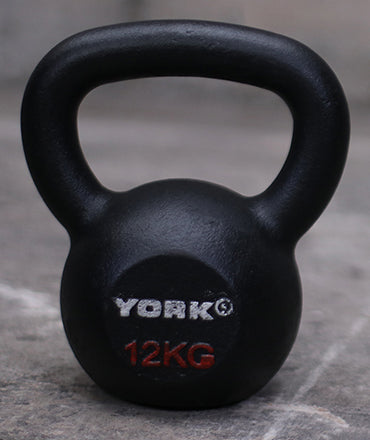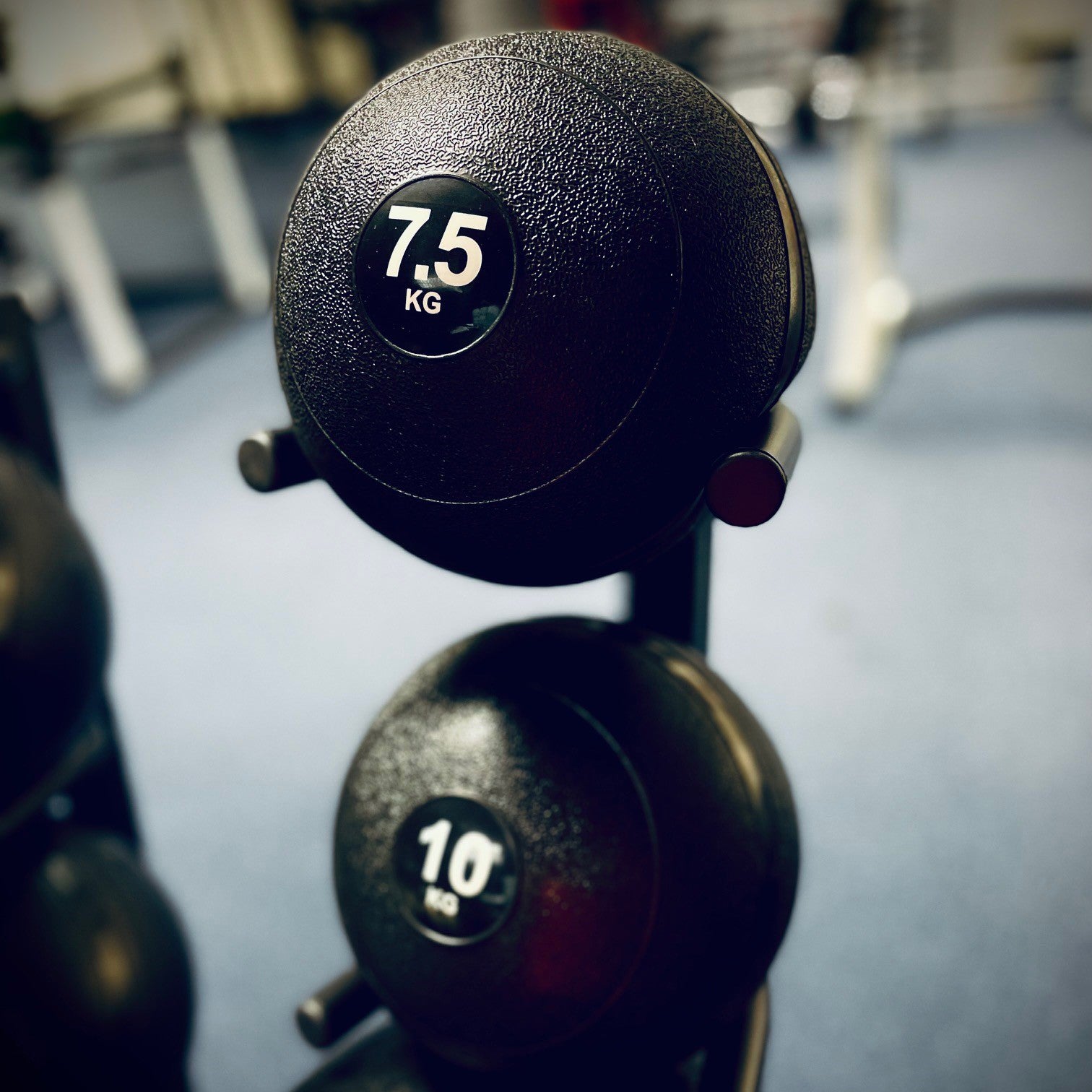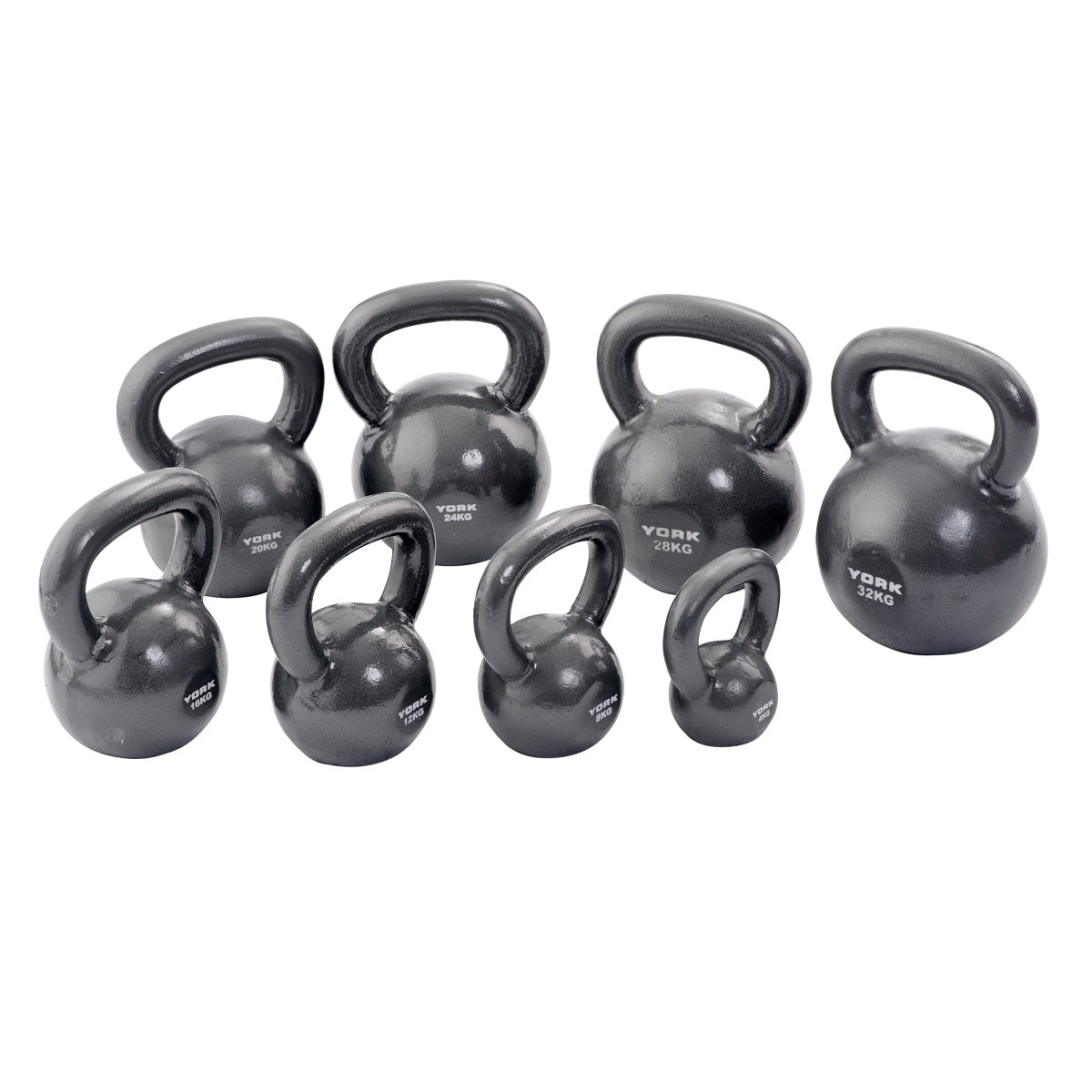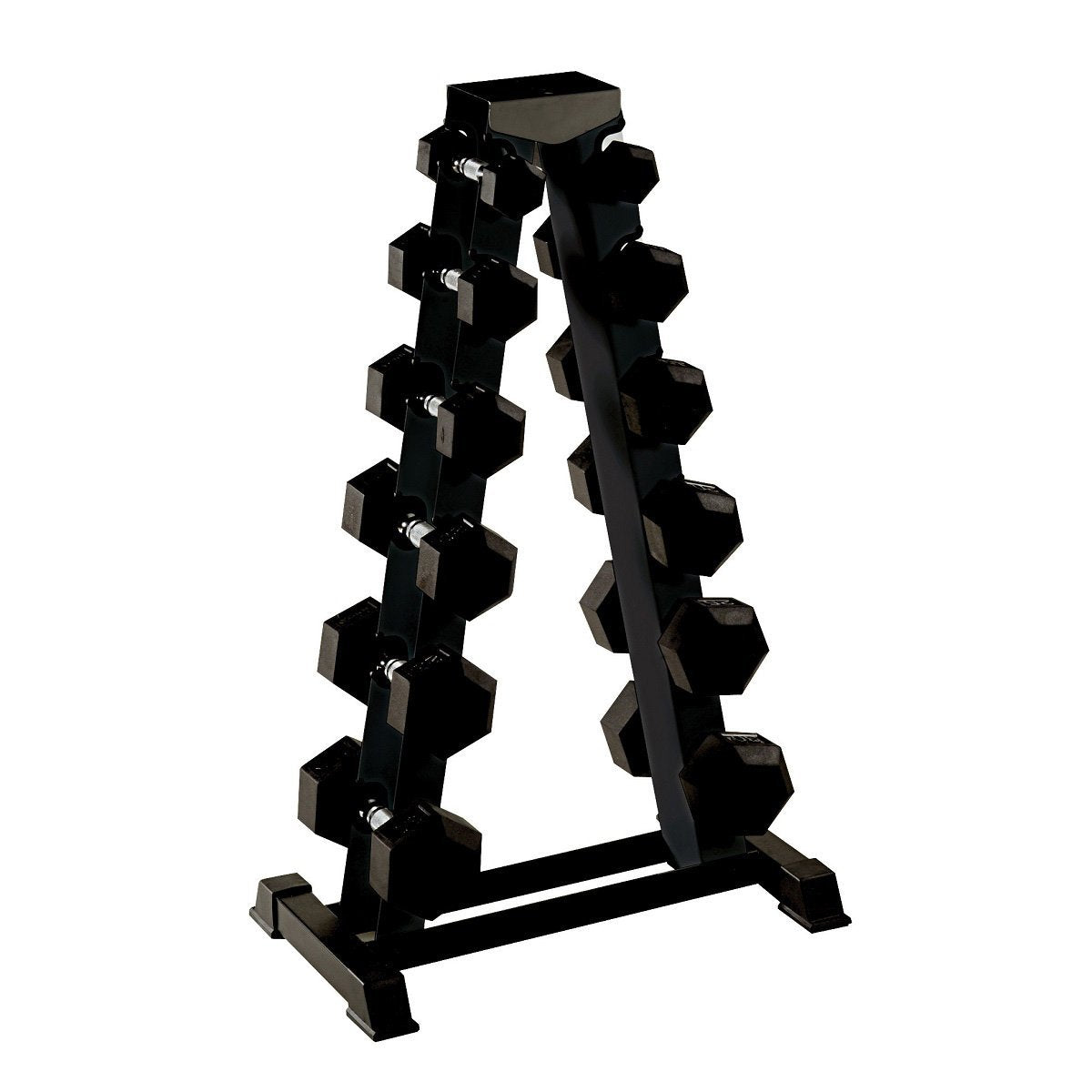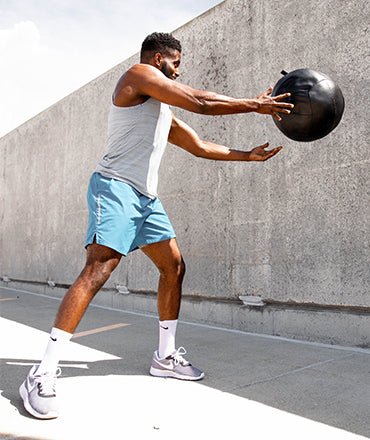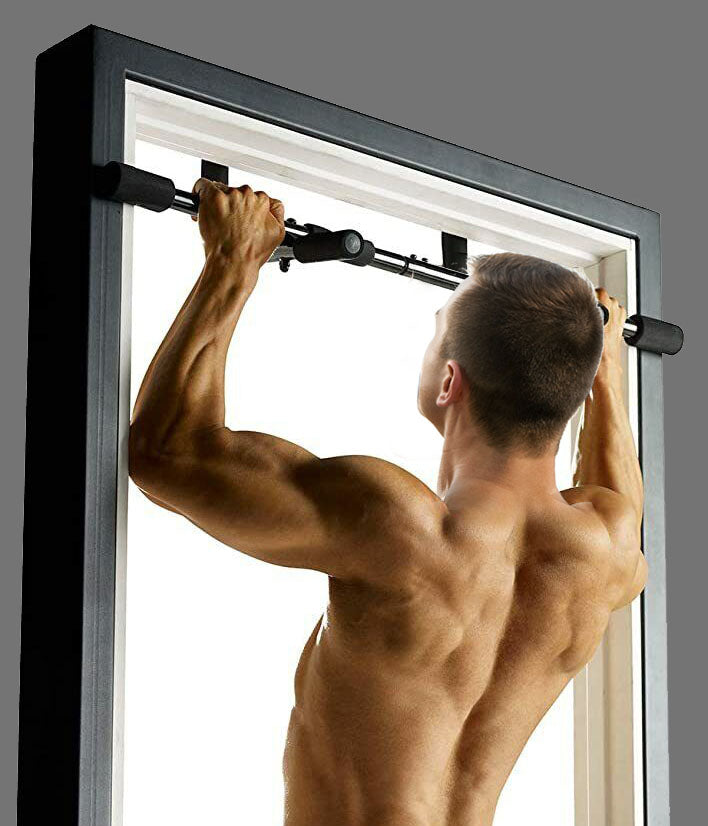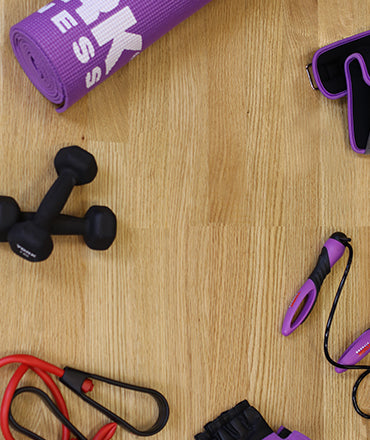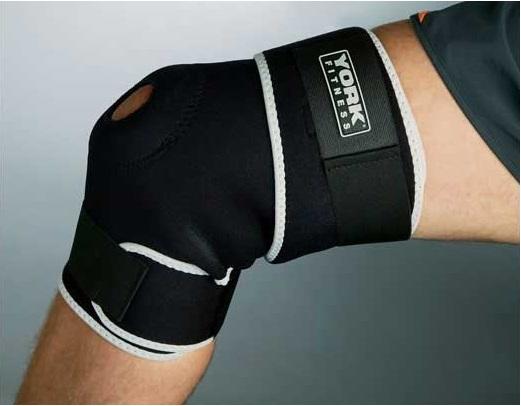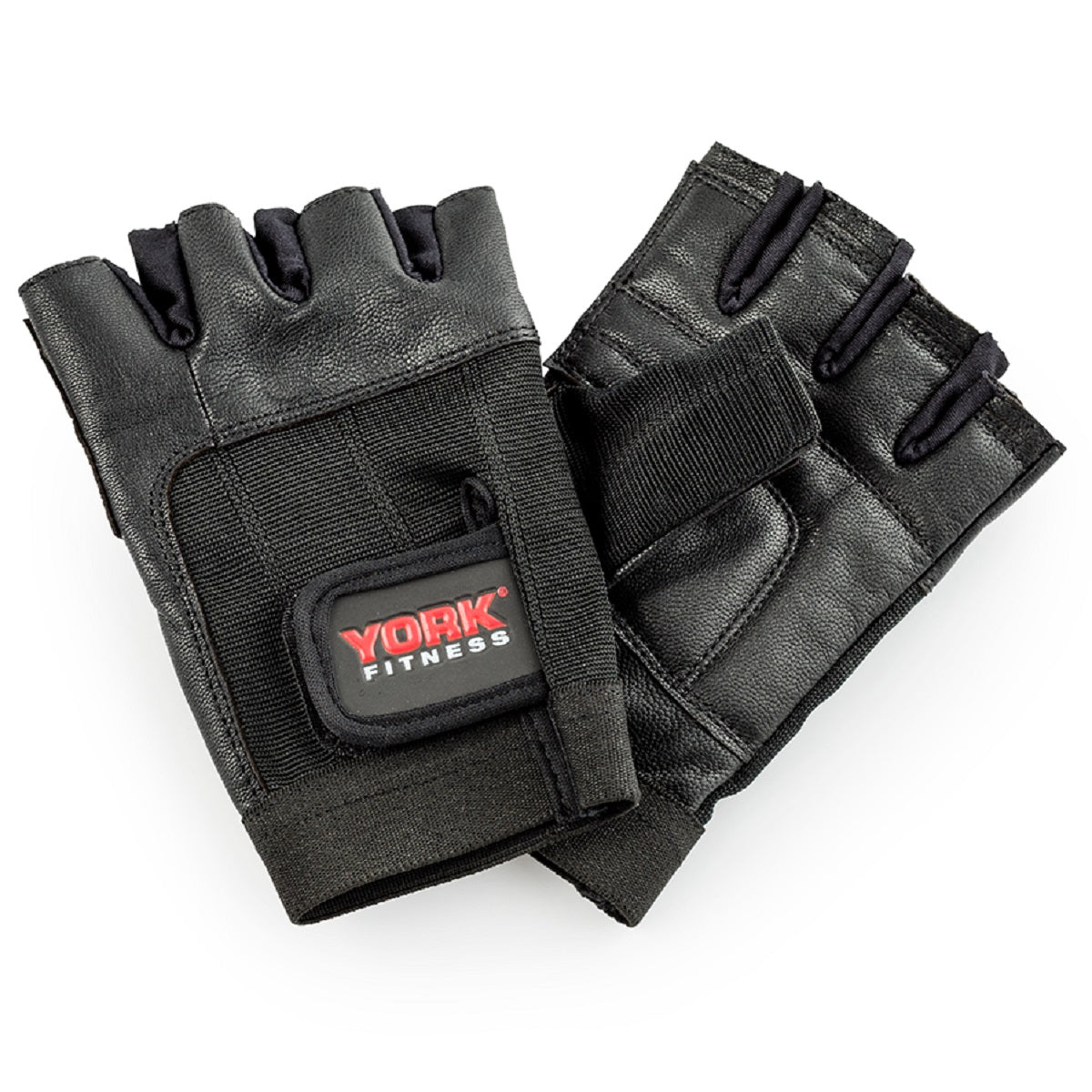Advanced Training Advice
Pushing even harder
This stage of your training is where it starts to get serious. You'll need to understand your body, what it can do and what it can’t (which is the bit to work on).
Here we'll be discussing different training methods such as Pyramid Training, Super Sets, Drop Sets, Push-Pull Supersets, Partial Reps and Negative Reps.
These tools will allow you to break through any training plateaus or just add variety to your routines, allowing you continued progress towards your end goal.
Supersets
Supersets combine 2 or more exercises of similar nature to maximise the amount of work a single muscle or group of muscles has to do. The secondary exercise is performed immediately after the first with no rest in between. A good example of this is combining a Lat-Pulldown (which works the back & biceps) and the Barbell Curl, which will put a greater work load on the bicep. We advise adding 1 or 2 supersets into your training program to offer variance to the muscles, allowing the body to react and adapt.
Remember, your muscles have already worked hard, so the amount of weight you will be able to lift will be less.
Push-Pull Supersets
Push-Pull supersets are similar to normal supersets, but your aim is to work the opposing muscle groups with no break between exercises. An example of this is to combine Bent-Over Row with Dumbell Chest Press. The upper back muscles and biceps are worked, then the chest & triceps are worked. The opposing exercise also acts as a rest period for the previous exercise.Drop Sets
Drop sets are when a heavy weight is lifted and at the point of near failure, a lighter weight is chosen to continue the exercise until the desired reps are completed.
Pyramid Sets
Pyramid Sets are weight training sets which progress from a lighter weight with a higher number of reps (say 15 reps) in the first set to heavier weights with fewer reps in the following sets. Example: 15 Reps Set 1, 12 Reps set 2, 10 Reps set 3 and 8 Reps in set 4, whilst increasing the weight each set.Partial Reps
Does exactly what it says on the tin. Partial Reps involve carrying out only part of the full movement. This is generally trained at the easiest part of the exercise and/or where you are at your most strongest. This means a heavier weight can be lifted than the normal “full” exercise. Perfect example used in many sports is a Partial Deadlift, the strongest point is the top part of the movement (last 15-20 degrees of leg angle). To train this you would lift the weight from a set of Pulling Boxes or Scoops, which have been set at a height for you to lift from.
Negative Reps
This is performed with a much heavier weight than normal. With the aid of spotters, the weight is lifted from a rack or bar holder and the athlete attempts to resist the downward motion of the weight using an eccentric contraction. This trains the body to cope with a weight it’s not used to and adapts accordingly. Another form of negative reps is to lower your normal training weight much slower than you would do normally. This places a greater intensity on the muscles as they are resisting the load for a longer period of time.Normally you would lower the weight in a controlled manner of 2 seconds and then exert force on it for 1 second, only this time you lower the weight for a period of 5 seconds and exert force for the same 1 second.
